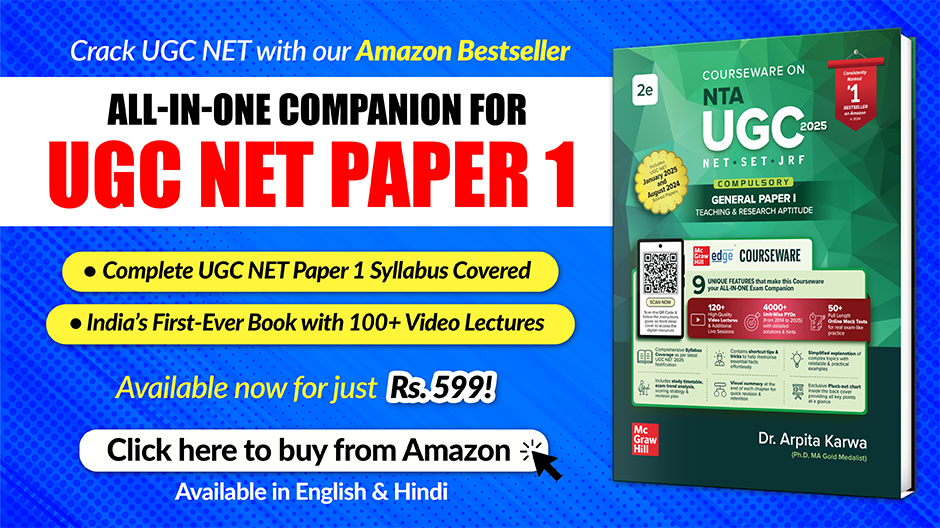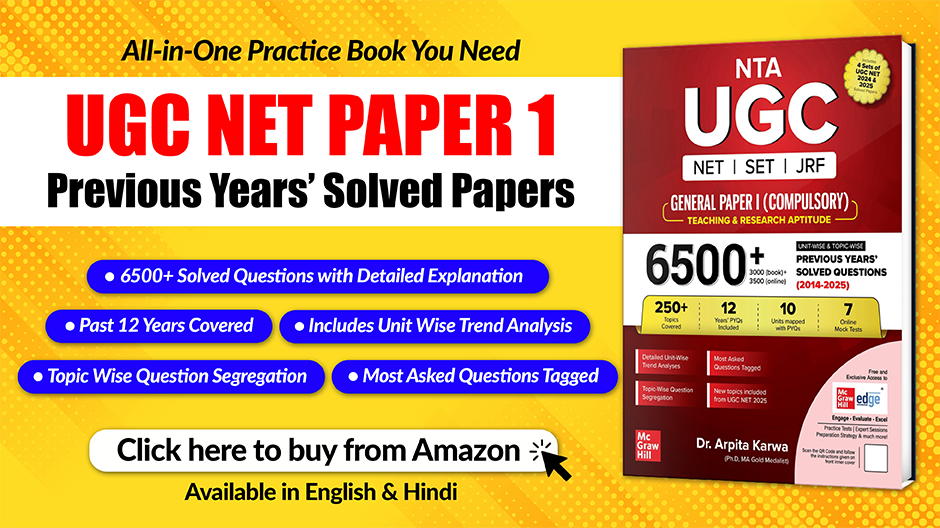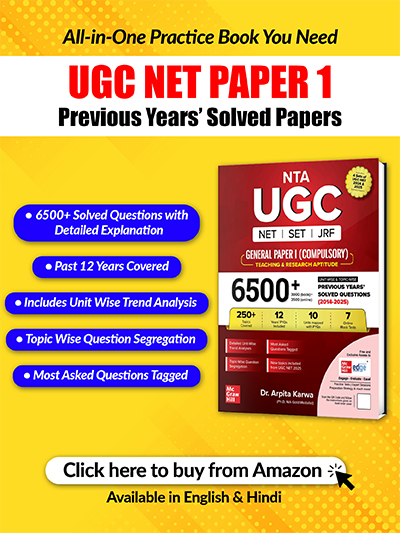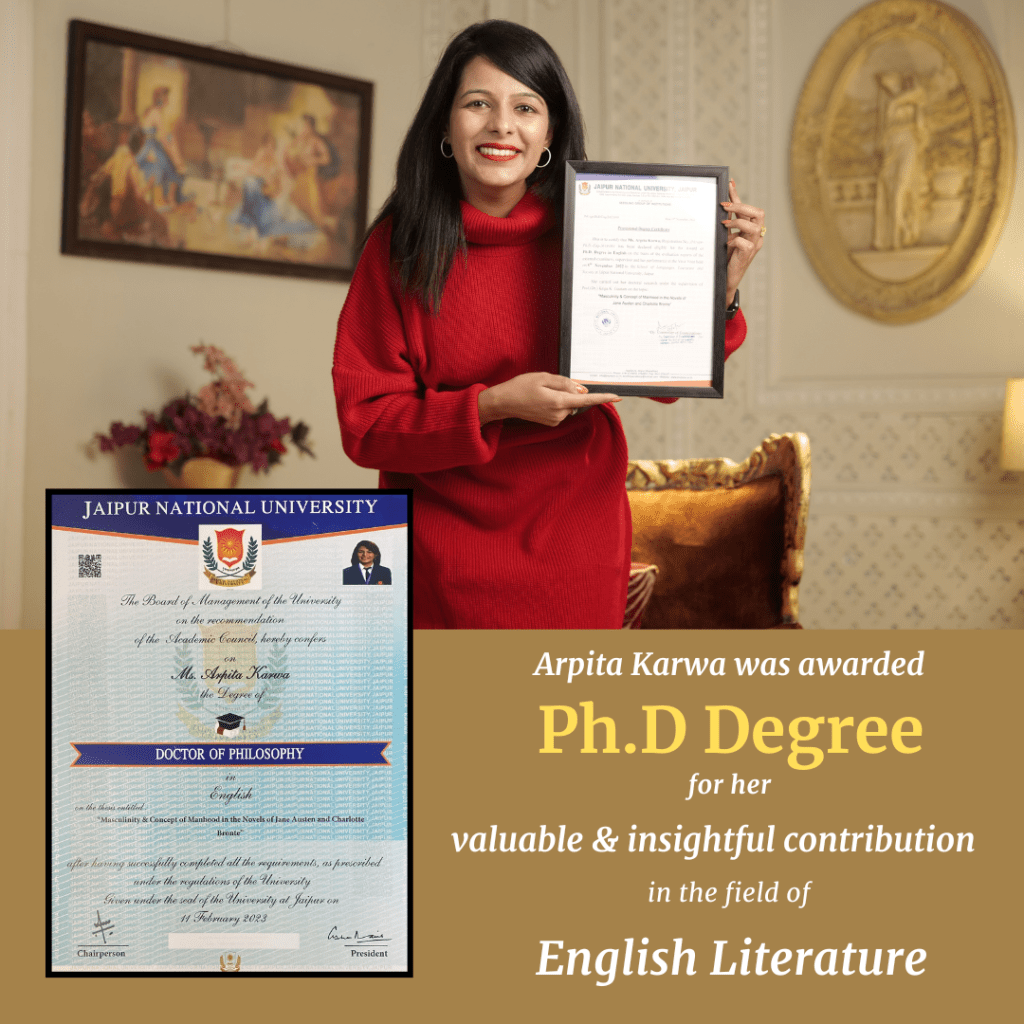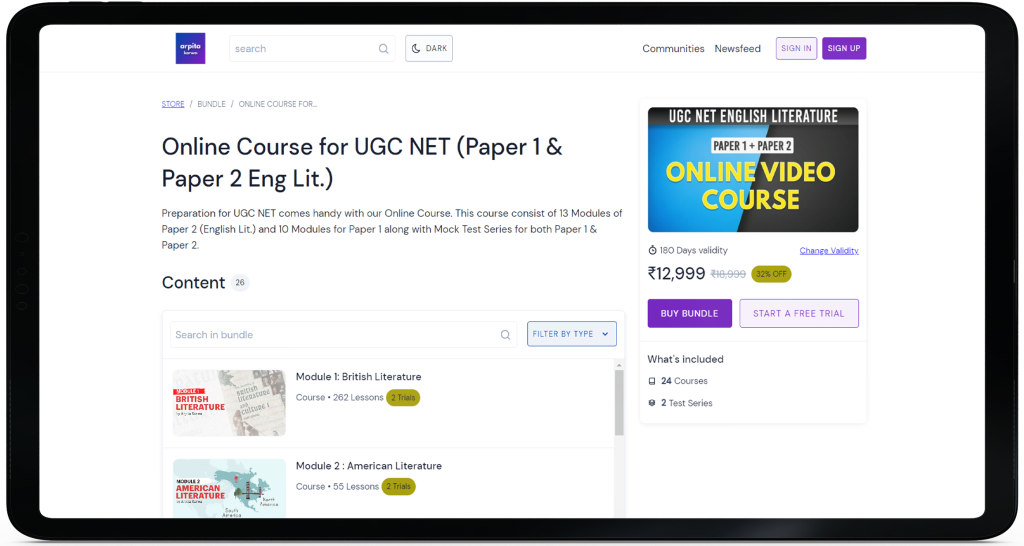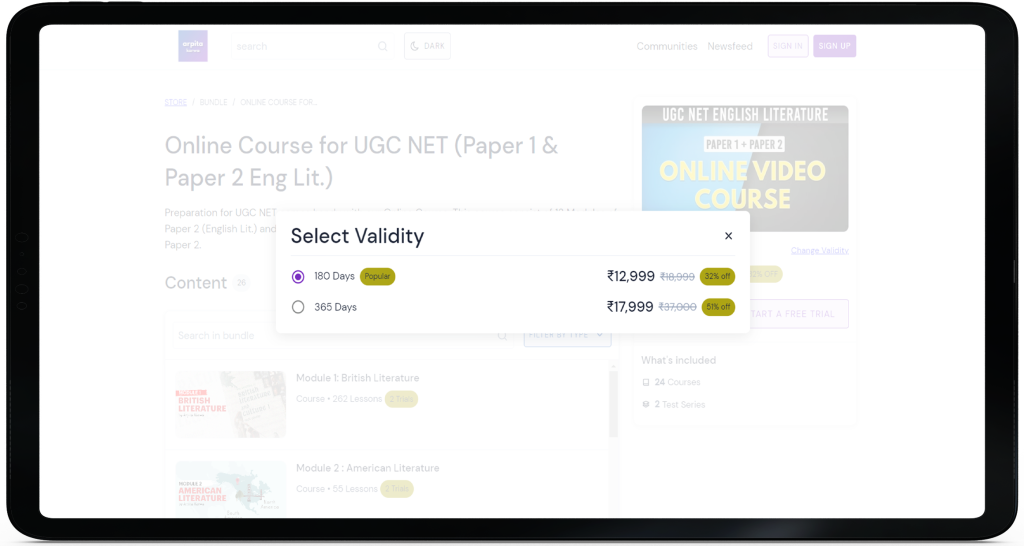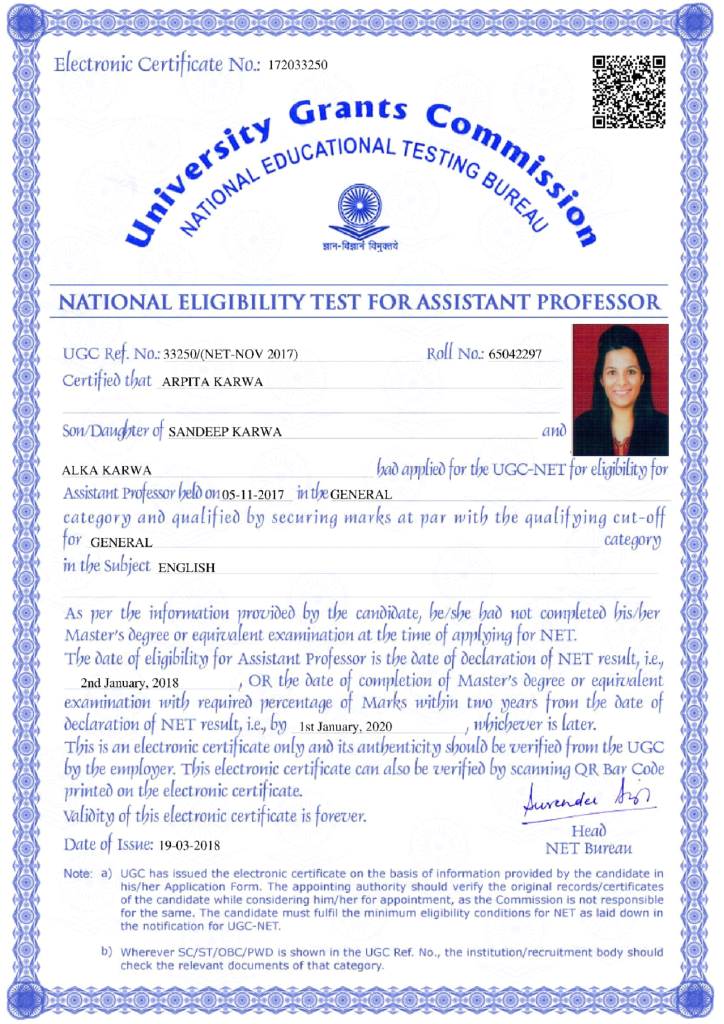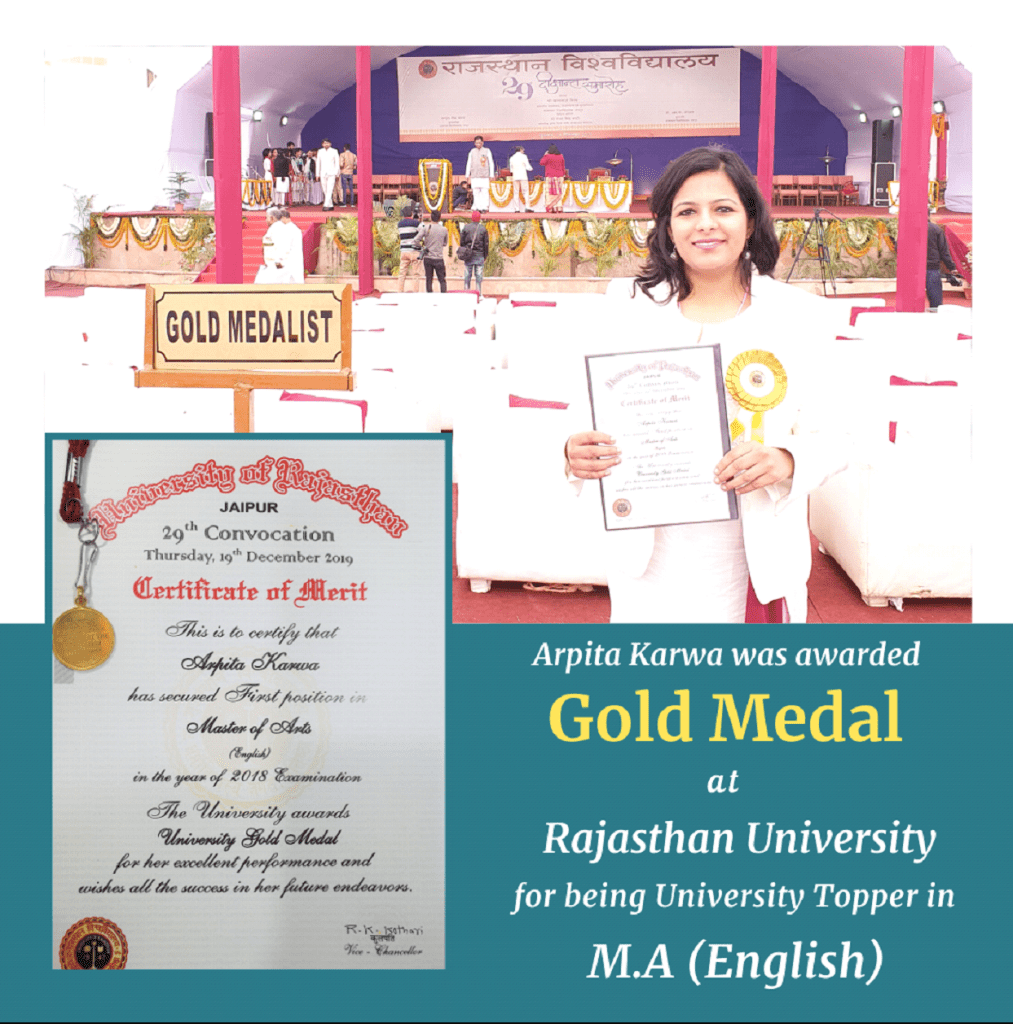August 2024 : Paper 1 (Conducted on 30th August 2024 : Morning Shift)
June 19, 2024 2025-08-21 12:57August 2024 : Paper 1 (Conducted on 30th August 2024 : Morning Shift)
August 2024: Paper 1 (Conducted on 30th Aug 2024 : Morning Shift)
Q.1-5)
Q.1) If out of the number of viewers from Town-C, 325/7% are female and 7/13 of the number of female viewers are unsubscribed viewers, then the number of unsubscribed male viewers from Town-C is.
[1] 340
[2] 360
[3] 380
[4] 420
Correct Answer: 3
Q.2) If P is the total number of unsubscribed viewers in Town-B and Town-C together, and Q is the number of subscribed viewers in Town-E. then Q is
___% less than P.
[1] 65
[2] 80
[3] 60
[4] 70
Correct Answer: 4
Q.3) If the number of male unsubscribed viewers in Town-D is 200/3 more than that of female unsubscribed viewers, then what is the ratio of number of male unsubscribed viewers in Town-D to the number of unsubscribed viewers in Town-A and Town-C together?
[1] 25:53
[2] 25:54
[3] 7:9
[4] 2:3
Correct Answer: 2
Q.4) What is the difference between the number of unsubscribed viewers and subscribed viewers, taking all the towns together?
[1] 320
[2] 240
[3] 340
[4] 300
Correct Answer: 2
Q.5) If P is the total number of unsubscribed viewers in Town- B and Town-C together, and Q is the number of unsubscribed viewers in town-E, then Q is ____% of P.
[1] 60
[2] 70
[3] 80
[4] 75
Correct Answer: 2
Q.6) In an information society, even nuclear families have the characteristics of technological
[1] Separation
[2] Mediation
[3] Constriction
[4] Passivity
Correct Answer: 2
Q.7) Which of the following software titles are examples of operating system?
A. MS-Word
B. Linux
C. MS-PowerPoint
D. Adobe Photoshop
E. Android
[1] ACD
[2] ABCD
[3] BE
[4] BDE
Correct Answer: 3
Q.8) The Kanya Mahavidyalaya, an Arya Samaji School, was established in 1896 by:
[1] Bhai Veer Singh
[2] Agya Kaur
[3] Bhai Takht Singh
[4] Lala Devraj
Correct Answer: 4
Q.9) According to UGC Regulations 2018 on Plagiarism, which of the following percentage of similarity in the thesis would result in the cancellation of a student’s registration in the programme he/she is registered in?
[1] 42%
[2] 53%
[3] 58%
[4] 61%
Correct Answer: 4
Q.10) (n=number of trials p=probability of success)
A. n=7, p=0.3
B. n=5, p=0.4
C. n=8, p=0.5
D. n=6, p=0.6
(Variance of Binomial Distribution)
I. 1.44
II. 2.00
III. 1.20
IV. 1.47
[1] A-I, B-II, C-III, D-IV
[2] A-II, B-III, C-IV, D-I
[3] A-III, B-IV, C-I, D-II
[4] A-IV, B-III, C-II, D-I
Correct Answer: 4
Q.11) Arrange the following statistical measures in increasing order
A. 37th percentile
B. first quartile
C. median
D. third decile
[1] A,B,C,D
[2] B,D,A,C
[3] B,C,A,D
[4] C,B,D,A
Correct Answer: 2
Q.12) Identify the sequence of ICT terms A-D that correctly fills the blanks in the following paragraph:
____is permanent memory that is used to store instructions that are needed to start the computer.____ is fast temporary memory that is used to store data and applications that are currently in use._____ carries out processing and turns data into information. The_____is used to plug all other components into the computer system.
A. Motherboard
B. RAM
C. CPU
D. ROM
[1] D,B,A,C
[2] A,D,C,B
[3] C,A,B,D
[4] D,B,C,A
Correct Answer: 4
Q.13) Match the column:
A. Average of the squares of first 10 natural numbers
B. Average of first 5 multiplies of 5
C. Average of first 25 natural numbers
D. Average of cubes of first 5 natural numbers
I. 13
II. 45
III. 38.5
IV. 15
[1] A-I, B-II, C-III, D-IV
[2] A-II, B-III, C-IV, D-I
[3] A-IV, B-I, C-II, D-III
[4] A-III, B-IV, C-I, D-II
Correct Answer: 4
Q.14) “This piece of Chalk has mass, therefore, the atoms that compose this piece of chalk have mass.” Which of the following options is true of the above argument?
[1] Fallacy of composition is committed here
[2] Slippery slope is involved here
[3] Hasty Generalization is committed here
[4] It is a non-fallacious argument
Correct Answer: 4
Q.15) A hot medium has the features of:
A. Pre-supposition of interaction
B. Providing large amounts of information
C. Little effort needed for interpretation
D. Less scope for participation
E. Immediate feedback
[1] A,B,C
[2] C,D,E
[3] A,C,D
[4] B,C,D
Correct Answer: 4
Q.16) According to Nyaya logic which of the following statements is fallacious because the middle term instead of proving the existence of the major term in the minor term, it proves its non-existence therein.
[1] Sound is eternal because it is produced
[2] The hill has fire because it is knowable
[3] Sound is eternal because it is audible
[4] All things are non-eternal because they are knowable
Correct Answer: 1
Q.17) If a fraction is multiplied by itself and then divided by the reciprocal of the same fraction, the result obtained is 49 8/27 Find the fraction.
[1] 3 2/3
[2] 1 1/3
[3] 2 2/3
[4] 4 1/3
Correct Answer: 1
Q.18) A keylogger, short for keystroke logger, is a type of ____ that monitors and records what you type on your computer or mobile phone.
[1] Worm
[2] Spyware
[3] Virus
[4] Trojan Horse
Correct Answer: 2
Q.19) Match the column:
A. Radio
B. Print
C. Hot medium
D. Internet
I. Asynchronous
II. High intensity of information
III. Interactivity
IV. Only Acoustic medium
[1] A-I, B-II, C-III, D-IV
[2] A-II, B-III, C-IV, D-I
[3] A-III, B-IV, C-I, D-II
[4] A-IV, B-I, C-II, D-III
Correct Answer: 4
Q.20) Find the number that can be inserted at the place of questions mark (?) in the series given below.
4,10, 20, 34,52,74,?
[1] 98
[2] 102
[3] 97
[4] 100
Correct Answer: 4
Q.21) The impaired memory for events occurring before the onset of amnesia is called as:-
[1] Phonological loop
[2] Retrograde amnesia
[3] Anterograde amnesia
[4] Visuospatial sketchpad
Correct Answer: 2
Q.22) Which of the following can be used as LMS to create and manage course content?
A. Moodle
B. Zoom
C. Edmodo
D. Canvas
E. Strawpoll
[1] BDE
[2] ACD
[3] BCE
[4] ABD
Correct Answer: 2
Q.23) Match the column:
A. False cause
B. Appeal to Emotion
C. Complex Question
D. Fallacy of Composition
I. Relevance
II. Ambiguity
III. Defective Induction
IV. Presumption
[1] A-IV, B-II, C-III, D-I
[2] A-III, B-I, C-IV, D-II
[3] A-III, B-IV, C-I, D-II
[4] A-II, B-I, C-IV, D-III
Correct Answer: 2
Q.24) Match the column:
A. Climate action
B. Life on Land
C. Responsible consumption and production
D. Life below water
I. SDG 12
II. SDG 13
III. SDG 14
IV. SDG 15
[1] A-I, B-III, C-II, D-IV
[2] A-III, B-I, C-IV, D-II
[3] A-II, B-IV, C-III, D-I
[4] A-II, B-IV, C-I, D-III
Correct Answer: 4
Q.25) Identify the correct chronological sequence of the following communication devices:
A. Blu-ray Disc
B. Universal media Disc
C. Digital Compact Disc
D. Hi 8
E. Digital Audio Tape
[1] EDCBA
[2] DCBAE
[3] CBAED
[4] BAEDC
Correct Answer: 1
Q.26) The major recommendations of the Radhakrishnan Commission are:
A. Transfer of urban universities to rural areas
B. Setting up of rural universities
C. Development of research in agriculture, commerce, law, science and technology
D. Making English language as the medium of instruction at all levels of teaching
E. Focus on student’s Welfare
[1] A, B
[2] B,C,D
[3] C,D,E
[4] B,C,E
Correct Answer: 4
Q.27) Identify the correct statements regarding survey research.
A. A closed ended question contains a set of answers that a respondent chooses
B. Self-Deception Positivity is a from of social desirability bias
C. Impression Management is a form of social desirability bias
D. In key informant sampling, a researcher uses a member of the population of interest to actively recruit others
[1] ABC
[2] BCD
[3] ABD
[4] ACD
Correct Answer: 1
Q.28) The New Education Policy, 2020 envisages making all learners:
[1] Social volunteers
[2] Efficient administrators
[3] True global citizens
[4] Spiritual persons
Correct Answer: 3
Q.29) Which of the following types of sampling is likely to have least bias?
[1] Snowball sampling
[2] Simple random sampling
[3] Convenience sampling
[4] Purposive sampling
Correct Answer: 2
Q.30) What is the correct sequence of following drinking water treatment processes from initial to final?
A. Filtration
B. Disinfection
C. Gravity settlement of large particles
D. Flocculation
[1] A,B,C,D
[2] A,B,D,C
[3] C,D,A,B
[4] C,D,B,A
Correct Answer: 3
Q.31) Which of the following are true about class I and class II ozone depleting substances?
A. Ozone depleting potential of class-I substances are far more than class II
B. Ozone depleting potential of class II substances are far more than class I
C. All chlorofluoro carbons belong to class II ozone depleting substances
D. HCFC-21 belongs to class II ozone depleting substance
E. Class-I contains fully halogenated gases
[1] ADE
[2] BCE
[3] ACD
[4] CDE
Correct Answer: 1
Q.32) Doha amendment is an amendment to
[1] Montreal Protocol
[2] Kyoto Protocol
[3] Stockholm Convention
[4] Rio Summit
Correct Answer: 2
Q.33) In a certain code language:
“Kashmiri Cuisines are good” is coded as: “ KI CI FI GI”
“You like Kashmiri Cuisines™ is coded as: “AI LI KI CI”
“Indians like Punjabi Cuisines” is coded as: “MI LI BI CI”
“Punjabi Cuisines are best” is coded as: “BI CI FI TI”
How the words ‘you’, ‘Indians’ and’ best’ are coded in this language.
[1] LI, KI and AI
[2] KI, MI and CI
[3] AI, MI and TI
[4] AI, MI and CI
Correct Answer: 3
Q.34) In the post-information age, information is highly-
[1] Homogeneous
[2] Communitarian
[3] Personalised
[4] Impersonal
Correct Answer: 3
Q.35) Arrange the following in order of decreasing denotation.
A. Physics
B. Natural Sciences
C. Sciences
D. Nuclear Physics
[1] C,B,A,D
[2] B,C,A,D
[3] D,A,B,C
[4] B,C,D,A
Correct Answer: 1
Q.36) Which of the following pair of acronym and its expansion is incorrectly matched?
[1] XML- Extensible Markup Language
[2] WWW- World Wide Web
[3] VLSI- Very Large Scale Integration
[4] SMS- Short Message Software
Correct Answer: 4
Q.37) Which of the following statements are true?
A. A valid argument may have false premises and a true conclusion
B. An invalid argument may have false premises and a true conclusion
C. An invalid argument may have true premises and a false conclusion
D. A valid argument may have true premises and a false conclusion
[1] ABCD
[2] BC
[3] AD
[4] ABC
Correct Answer: 4
Q.38) Arrange the following Ancient Texts in chronological order.
A. Rig Veda
B. Lilavati
C. Aryabhatiya
D. Arthasastra
[1] A,C,D,B
[2] A,D,C,B
[3] B,C,D,A
[4] A,B,D.C
Correct Answer: 2
Q.39) What of the following aspects does not pertain to deliberate practice of learners?
[1] The task is too easy or too hard
[2] The learner is given informative feed back about his/her performance
[3] The learner has adequate chances to repeat the task
[4] The learner has the opportunity to correct his/her errors
Correct Answer: 1
Q.40) Which of the following channels of Swayam Prabha are under IGNOU, New Delhi?
A. Channel 4
B. Channel 7
C. Channel 15
D. Channel 12
E. Channel 20
[1] AE
[2] CD
[3] BCE
[4] ABD
Correct Answer: 2
Q.41) Match the column:
A. Pingal
B. Pāņini
C. Aryabhatta
D. Bhāskarācharya
I. Lilavati
II. Chhandasāstra
III. Astādhyāyi
IV. Aryabhatiya
[1] A-II, B-IV, C-III, D-I
[2] A-III, B-II, C-IV, D-I
[3] A-II, B-III, C-IV, D-I
[4] A-I, B-III, C-IV, D-II
Correct Answer: 3
Q.42) Which one of the following is known as the heart of sewage treatment?
[1] Primary treatment
[2] Secondary treatment
[3] Tertiary treatment
[4] Advanced treatment
Correct Answer: 2
Q.43) Match the column:
A. Flat Network
B. Extranet
C. Intranet
D. Internet
I. Describes today’s worldwide connection of networks
II Describes a network that lies completely inside a trusted area of a network and is under the security control of system and network administrators
III. Describes a network that avoids packet-looping issues, through an architecture that does not have layers
IV. Describes a network that is an extension of a selected portion of a company’s Intranet to external partners
[1] A-IV, B-III, C-I, D-II
[2] A-III, B-IV, C-II, D-I
[3] A-II, B-I, C-III, D-IV
[4] A-III, B-IV, C-I, D-II
Correct Answer: 2
Q.44) There are some Cows and Ducks in a park. The total number of heads of Cows and Ducks together is 60. However, the total number legs of the cows and ducks together is 180. Find the number of cows and ducks in the park, respectively.
[1] 30,30
[2] 32,28
[3] 28,32
[4] 24,36
Correct Answer: 1
Q.45) Match the column:
A. Trello
B. Hootsuite
C. GitHub Classroom
D. Flipgrid
I. Managing and analyzing social media campaigns
II. Managing and recording, fun built-in camera recording add effects and share in the groups
III. Managing group projects and tasks
IV. Managing and writing coding assignments
[1] A-IV, B-III, C-II, D-I
[2] A-III, B-IV, C-II, D-I
[3] A-III, B-I, C-IV, D-II
[4] A-I, B-II, C-III, D-IV
Correct Answer: 3
Q.46-50)
Read RC Passage to Answer:
A famine in China from 1958 to 1960 estimated to have killed about twenty-five million people. The reason why that’s called a political crime-an ideological crime-which was discussed in most detail by Amartya Sen: it’s part of the work for which he won the Nobel Prize. Sen is an economist who treated this as an ideological crime for food reasons. He said it wasn’t a matter of intent: they didn’t intend to kill anybody. It’s just that the ideological instructions were such that it happened. It was a totalitarian state where no information about what was happening ever got back to the center. They couldn’t take any action because that’s what happens in a totalitarian state. So it was a reflection of the totalitarian instructions. a huge massacre that wasn’t intended. They didn’t intend to kill twenty-five million people, but it was still a major massacre, and it’s correct to call it one of the major atrocities of the twentieth century, and the worst single component of the crimes of Communism.
Q.46) According to the passage, how many people are estimated to have died in the famine in China?
[1] 15 million
[2] 25 million
[3] 35 million
[4] 45 million
Correct Answer: 2
Q.47) What period did the famine in China, described in the passage, occur?
[1] 1945 to 1948
[2] 1958 to 1960
[3] 1965 to 1968
[4] 1972 to 1975
Correct Answer: 2
Q.48) According to the passage, what was the main reason for which the famine occurred in the totalitarian state?
[1] Intentional government polices
[2] Unpredictable natural disasters
[3] Foreign interventions
[4] Lack of information reaching the central authorities
Correct Answer: 4
Q.49) Who discussed the famine in detail and considered it an ideological crime?
[1] Karl Marx
[2] Amartya Sen
[3] Noam Chomsky
[4] T. S Eliot
Correct Answer: 2
Q.50) How does the passage classify the famine in terms of twentieth-century atrocities?
[1] A deliberate genocide
[2] A minor event
[3] an unavoidable disaster
[4] One of the major atrocities
Correct Answer: 4
